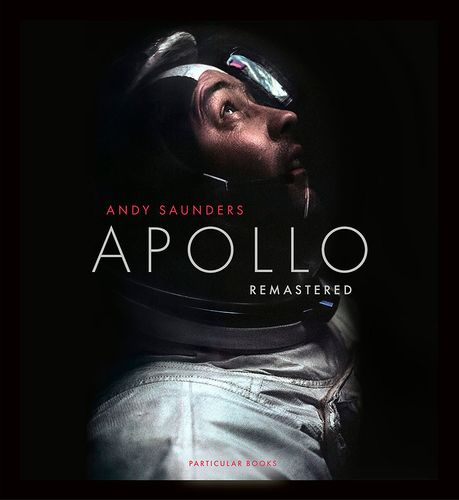影像与摄影
While "影像" and "photography" both relate to capturing and producing images, there are some subtle differences between the two terms in the context of language and art:
1. Definitions:
影像 (Yǐngxiàng): This Chinese term encompasses a broader concept of visual images, including photographs, paintings, videos, and other visual representations. It is a more general term that includes various forms of visual media.
Photography: The term "photography" specifically refers to the art, practice, or occupation of taking and processing photographs. It involves the use of cameras and related equipment to capture still images.

2. Cultural and Linguistic Differences:
In Chinese language and culture, "影像" may be used more inclusively to refer to visual arts beyond just photographs. It carries a wider semantic scope compared to the more specific term "photography" in English.
3. Artistic Interpretation:
While photography is a welldefined medium with established techniques and conventions, the term "影像" may be interpreted more openly to encompass various visual expressions and artistic styles.
4. International Influence:
With globalization and the exchange of artistic ideas, concepts like "影像" and "photography" can sometimes overlap or influence each other in terms of artistic practice and interpretation.
Recommendation:
For clarity and specificity in communication, especially in an Englishspeaking context, it is advisable to use "photography" when referring specifically to the art and practice of creating images through the use of a camera. If you intend to address a broader range of visual images beyond traditional photography, the term "visual imagery" or "visual arts" may be more appropriate.
In conclusion, while both "影像" and "photography" involve visual representation, they have distinct connotations based on language, culture, and artistic interpretation.











